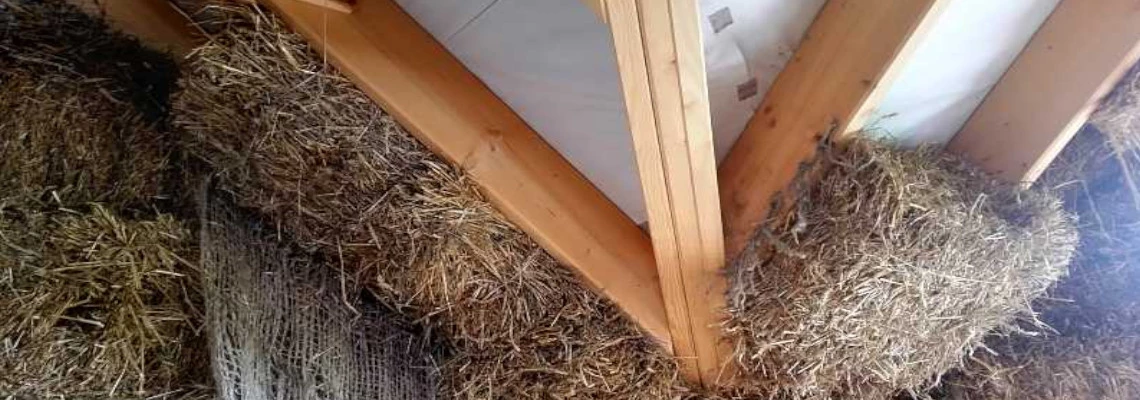
4✔ ALTERNATIVE BUILDING INSULATION MATERIALS*
Insulation is a material used in buildings to regulate indoor conditions. It is used as a barrier to prevent heating and cooling flow from entering or escaping your house and as a sound and moisture barrier as well. A well insulated home reduces energy bills by keeping warm in the winter and cool in the summer.
Due to the current situation, insulation materials like PIR, mineral wool are no longer cheap to buy. Therefore, if you are looking for other ways to insulate your home we have compiled some alternative building insulation materials that perform as well as conventional ones plus offer many other advantages. So let’s begin.

STYROFOAM - EPS INSULATION
Styrofoam is a common trade name used to refer to expanded polystyrene - EPS foam. Because of its relatively low cost, polystyrene is commonly used as a moulded packaging material. Styrofoam is a material with voids filled with trapped air which gives low thermal conductivity making it an ideal material for insulating UK buildings. Styrofoam insulation provided R values that range from 0.38m2K/W to 0.65m2K/W.
Polystyrene insulation is available in two formats. First, it is commonly available as EPS solid panels. Secondly it can be used as a composite material by mixing styrofoam pellets with lightweight concrete or other building materials. The advantages of using polystyrene insulation include-they are relatively cheaper compared to spray foam. Polystyrene does not need additional support hence no need of framing. Since it is lightweight it is easy to install like Lego blocks. EPS panels are thin and can be profiled to fit any type of wall occupying very little internal space. No special skills or equipment is required to install compared to spray foam insulation. Moreover, styrofoam insulation is suitable for application in both hot and cold climates.
EPS leads the other insulation products when it comes to R-value per £. This ratio of R-value to the total price of manufacturing and installation per sq. m of material is a crucial component of the process to deliver a budget-friendly, energy-efficient finished home or building. The manufacturing costs of EPS are generally lower compared to other insulating materials like PIR or Phenolic Boards.
PRICE (m2): 100mm - £19
THERMAL CONDUCTIVITY (λ–value): 0.038 W/mk
ADVANTAGES: 100% recyclable, cheap to buy, easy to cut.
DISADVANTAGES: can attract ants and termites, fire class-E-F.
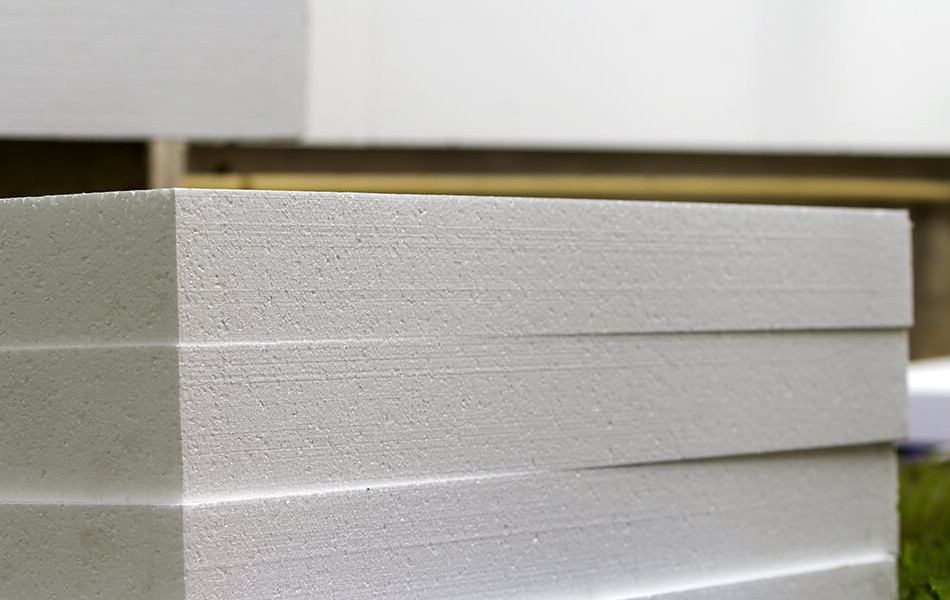
STRAWBALE
Strawbale construction is a building method that uses bales of straw commonly obtained from wheat and oats. As structural elements or building insulation, plastered straw bale walls have excellent insulation properties. Because of the size of straw bales this kind of insulation is ideal for exterior insulation. Straw bales are strong and rigid and therefore would keep walls straight.
This is a cost effective way of insulating a home to look like any other conventional house without breaking a bank. The construction process is labour intensive and may not be ideal for everyone.
PRICE (m2): 200mm - £9
THERMAL CONDUCTIVITY (λ–value): 0.048 W/mk
ADVANTAGES: 100% recyclable, cheap, natural product.
DISADVANTAGES: thick insulation, labour intensive, hard to work with, difficult to render.
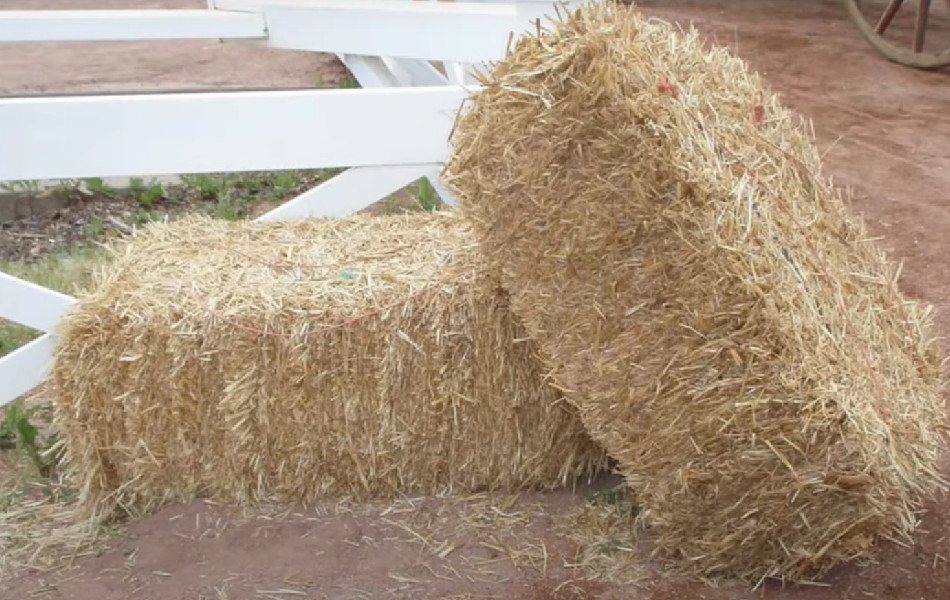

HEMP WOOL
Hemp wool is an insulation material that is both - cheap and good for you. The insulation made from 92 percent industrial hemp is just as effective as fibreglass insulation at conserving heat and buildings and can be recycled as well. Hemp Wool also does a great job of dealing with moisture since it is vapour permeable and will regulate relative humidity levels inside your home and also naturally repel mould. It is easy to work with, it requires no protective clothing and is non-abrasive and non-toxic. It can be cut and placed into your stud base to insulate your thermal envelope as well as insulate from sound. Hemp wool is quite stiff and dense giving it dimensional rigidity which means it will hold its shape and will not require additional fasteners. Hemp wool is an environmentally friendly insulation product since the plant grows exceptionally fast and can be used in residential and commercial building projects.
PRICE (m2): 100mm - £18
THERMAL CONDUCTIVITY (λ–value): 0.039 W/mk
ADVANTAGES: hygienic to handle, ability to adapt to complicated construction shape.
DISADVANTAGES: not recommended to use in damp rooms, special tools are required.
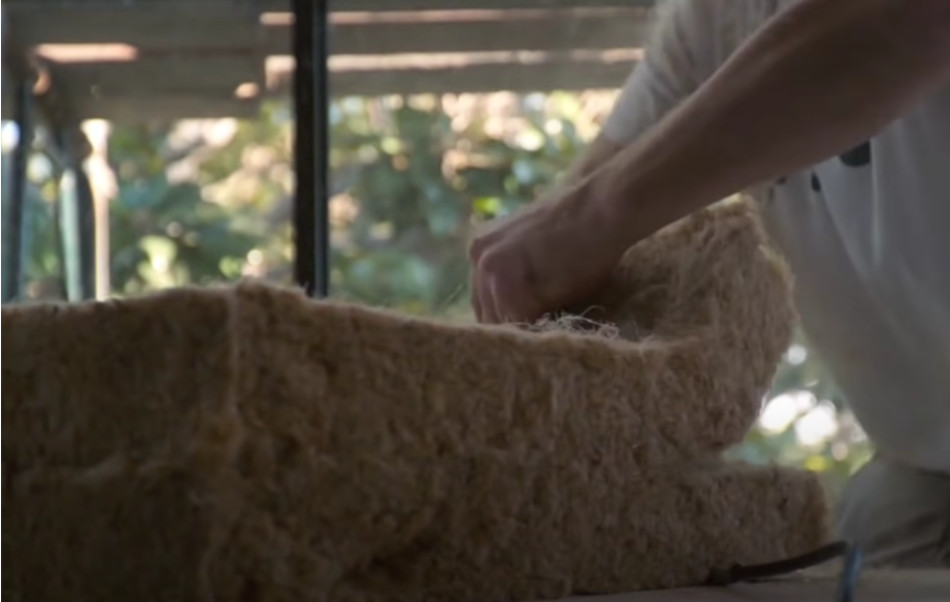
SHEEP WOOL
Sheep wool is a healthy insulation that has the ability to manage moisture, filter air and remain an effective insulator over the life of the structure. This all due to the inherent properties of sheep wool fibres. First they trap air and in turn insulate your home. Woll is also naturally able to absorb moisture while still retaining its high insulative properties while the exterior layer of a wool fibre is water repellent, its inner layer is water absorbing. Sheep wool fibres also filter dust particles and even have the ability to neutralise harmful chemicals. Due to the amino acids in wool fibres that can chemically bond with harmful chemicals thus filtering the air in both chemical and physical manner. Sheep wool also dosn’t burn. It can naturally resist flaming and as soon as the flame is removed it will self extinguish. However, this is very floppy and soft material and must be stapled to walls or fastened with wire meshor cables to the ceiling
PRICE (m2): 200mm - £9
THERMAL CONDUCTIVITY (λ–value): 0.048 W/mk
ADVANTAGES: naturally regulate humidity levels in the home, can be installed in almost any stud-built home.
DISADVANTAGES: combined with different polymers, may emit a faint smell for up to three days.
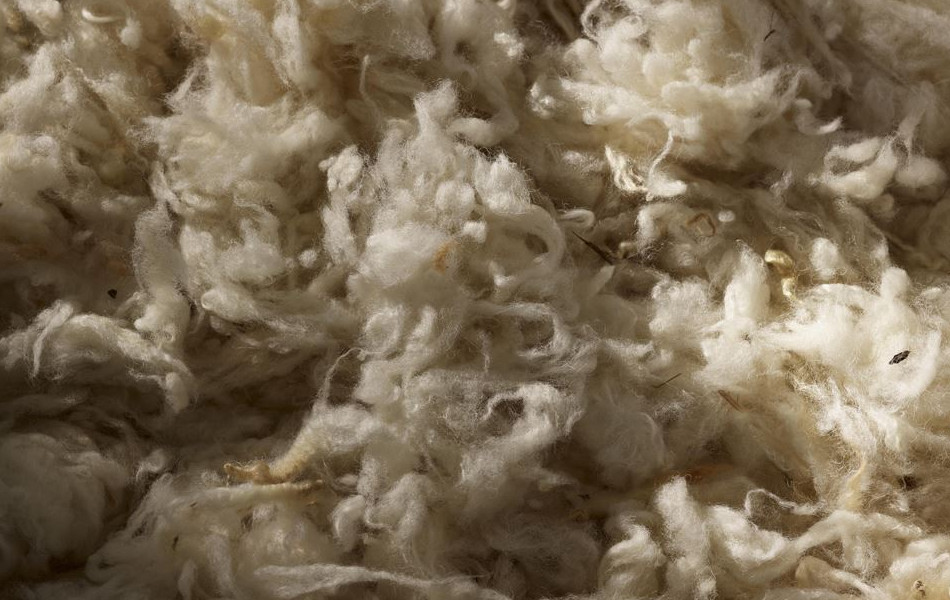
BIBLIOGRAPHY
Picture credits:
1.you tube.com, ShelterMode, ‘ Low-cost Insulation Materials for Shipping Container Homes’, mpeg, accessed November 25, 2022.
2.you tube.com, CGS Tech , ‘6 Alternative BUILDING INSULATION Materials’, mpeg, accessed November 25, 2022.
Relative articles:
EXTERNAL WALL INSULATION. THE UGLY TRUTH
DIFFERENCE BETWEEN EPS AND XPS INSULATION BOARDS
HOW TO INSTALL INSULATED PLASTERBOARD?
WHAT USES A LOT OF GAS IN MY HOUSE?
*All the information provided in the content published on Insulationgo blog is for informational and educational purposes only. Insulationgo LTD makes every effort to ensure the accuracy and timeliness of the content, but we do not assume any responsibility for any errors or omissions.
The information presented on this blog should not be considered as professional advice or a substitute for consulting relevant experts. Before making any purchase decisions or taking action based on the information presented here, it is strongly recommended to contact the product manufacturer directly to verify the details and ensure its suitability for your specific needs.
By using this blog, you acknowledge and agree that Insulationgo LTD shall not be held liable for any damages, losses, or inconveniences arising from the use or reliance on the information provided herein. This limitation of liability applies to all users of the blog, including but not limited to visitors, readers, and subscribers.










































































































